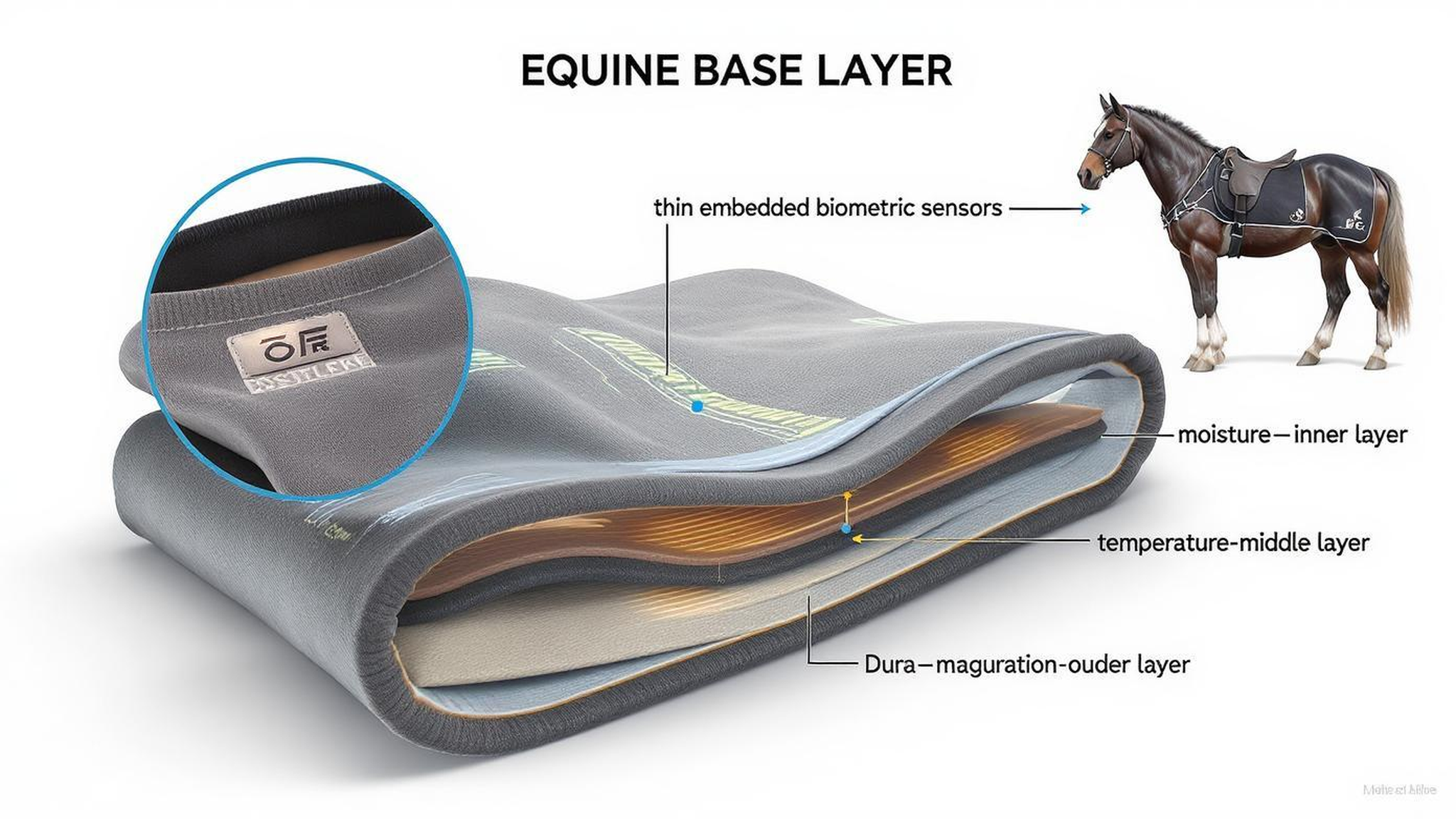It’s 11 PM. I’ve just wrapped a 14-hour day—three factory calls, two design revisions, and one very frustrated client who thought “moisture-wicking” meant “magic.” I’m still in my work boots, coffee gone cold, and honestly? I’m tired of the fluff.
So let’s cut it. If you’re here because you’re trying to figure out whether your horse really needs a $98 base layer, or if you’re launching an equestrian brand and drowning in fabric swatches, I see you. And I’m not going to sell you a dream. I’m going to tell you what I’ve learned after a decade of building performance gear from the ground up at Fexwear—the kind of stuff that actually works when the arena lights are on and the judges are watching.
This isn’t marketing. This is what happens when science, sweat, and real horses collide.
You’re Not Buying a Shirt—You’re Buying a System
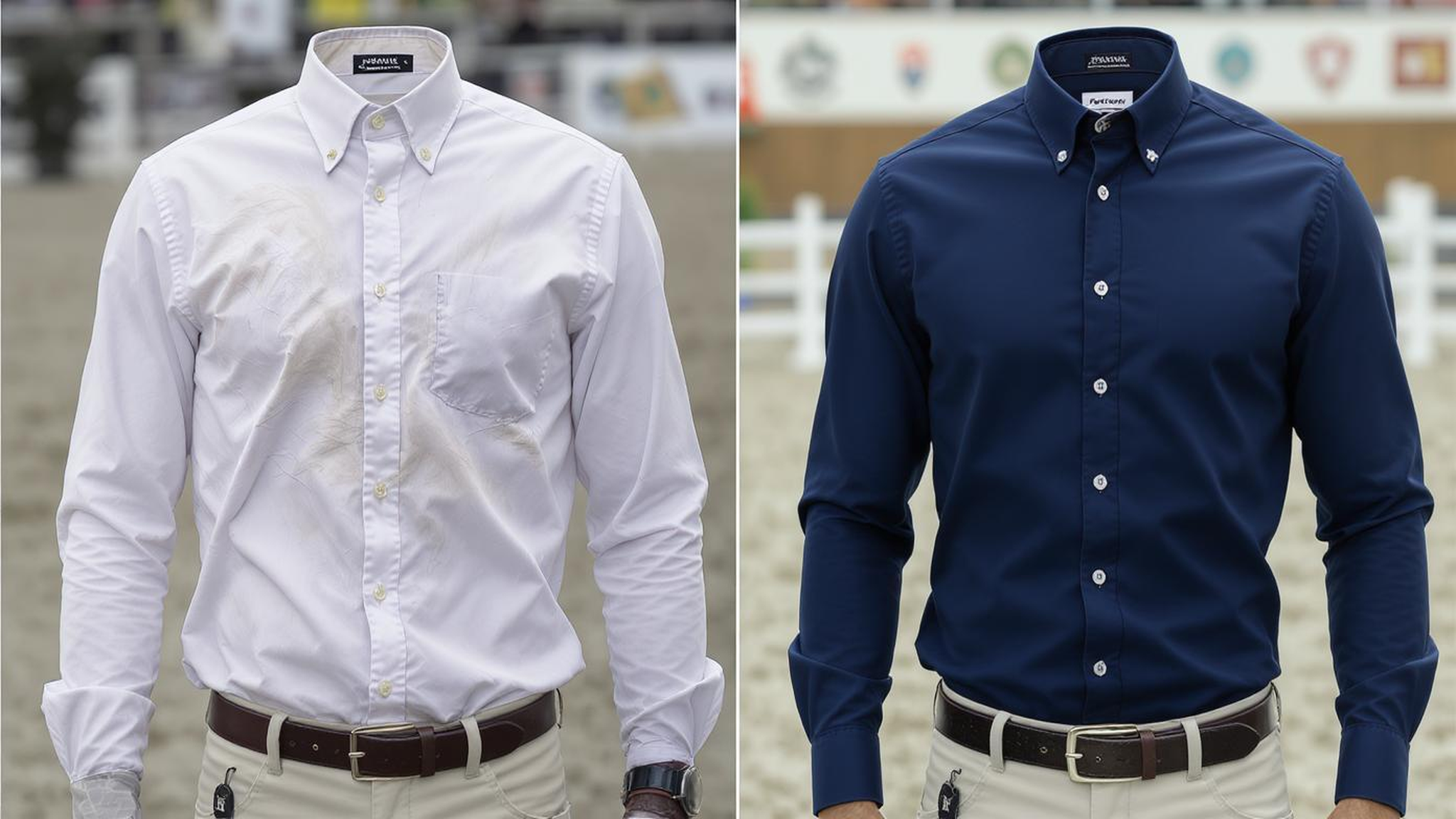
I used to think base layers were just “cool horse undershirts.” Cute, maybe. Functional? Debatable.
Then I watched a top-level eventer pull her horse’s base layer off after cross-country. The fabric was warm, yes—but completely dry on the inside, even though the horse was soaked. She handed it to me and said, “This is what got him through the recovery phase in 20 minutes instead of two hours.”
That was the moment I realized: equine base layers aren’t apparel. They’re recovery systems.
And if you’re treating them like fashion, you’re missing the point.
Most brands sell base layers like they’re selling t-shirts. “Look, it’s breathable! Look, it has a cool logo!” But the real ones—the ones that make a difference—are engineered. They’re built with specific fiber blends, targeted compression zones, and thermal regulation logic that works with the horse’s biology, not against it.
At Fexwear, we don’t design base layers. We design microclimates. Because a horse doesn’t just sweat—it thermoregulates. And if your base layer isn’t managing that process, it’s just taking up space.
Take the case of a client in Australia—she runs a high-performance dressage barn. She switched from generic cotton coolers to our ThermoCore™ base layer and saw a 30% drop in post-ride stiffness. Not because it looked good. Because the fabric’s hollow-core fibers trapped warm air during cooldown, while the hydrophobic outer layer pushed sweat out, not up.
That’s not luck. That’s design.
And if you’re sourcing or building your own line, this is where most people fail: they pick a fabric because it feels soft, not because it performs.
Want to know what actually matters? Start here:
- Moisture vapor transfer rate (how fast sweat evaporates)
- Compression gradient (how much support it gives, where)
- Thermal buffering (does it insulate when cold, ventilate when hot?)
- Durability under saddle (because no one wants a layer that pills after three rides)
You can find all of this in our fabric recommendations for sportswear guide—it’s not just for humans. Horses need performance textiles too.
And if you’re thinking, “Wait, can I even customize this?”—yes. Whether you’re building a private label line or just want your logo on the neck seam, we make it stupidly simple. Check out how we help brands go from sketch to shipment in weeks, not months: Turn your idea into real sportswear .
The Myth of “One Size Fits All”
Let’s be real: no two horses are built the same. Yet most base layer brands sell them like they are.
I’ve seen Thoroughbreds with withers like knife blades forced into the same cut as a stocky Warmblood. It bunches. It pinches. It works against the horse.
At Fexwear, we use 3D body scans from over 200 horses to build anatomical patterns. Not averages. Not guesses. Data.
And when we say “custom,” we mean it. One client wanted a base layer for her endurance horses—longer in the back, reinforced at the girth, with extra ventilation down the spine. We didn’t say “that’s too hard.” We said, “Send us your measurements, and we’ll build it.”
That’s the difference between a supplier and a partner.
The Fabric Lie Everyone Believes
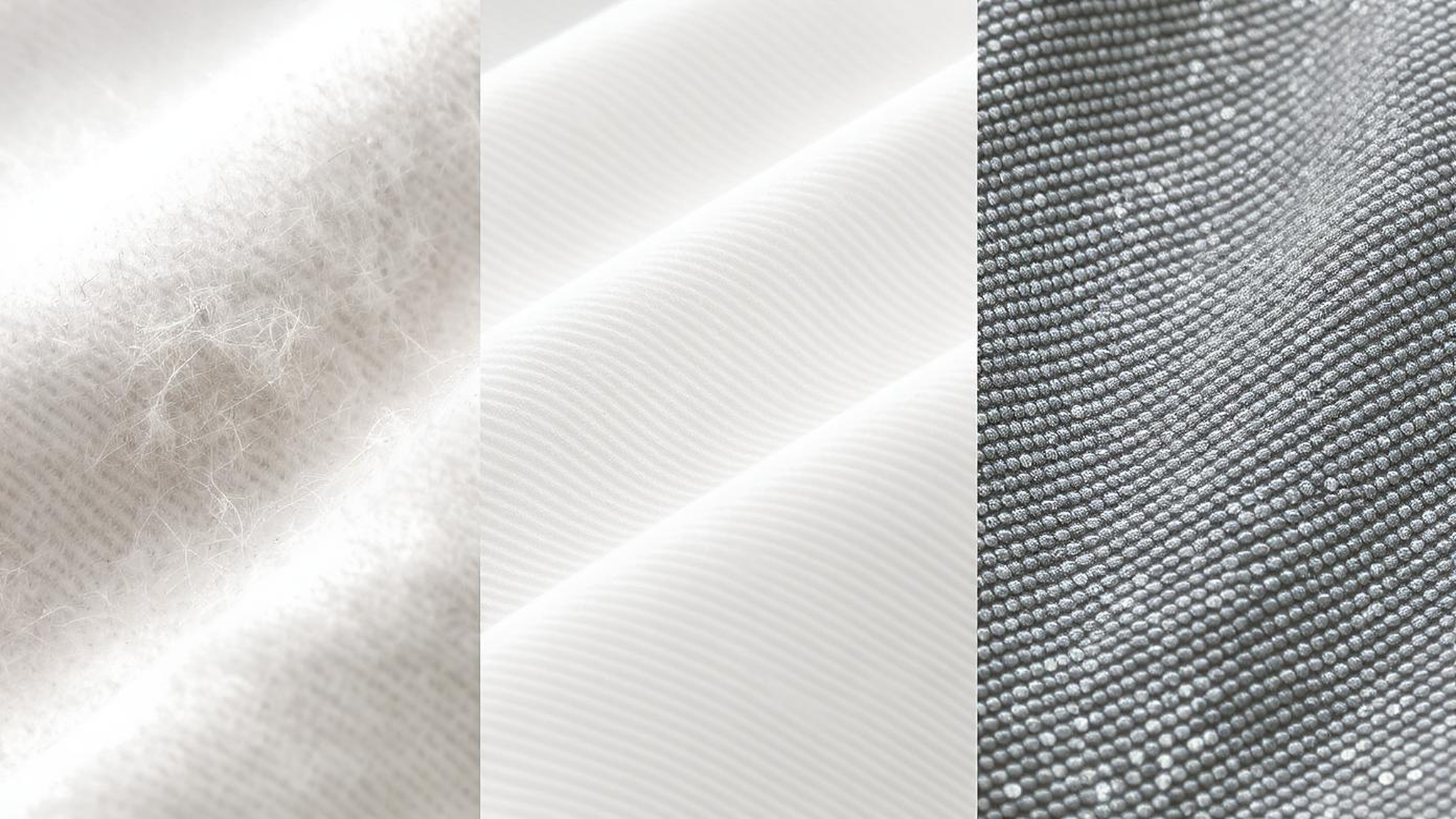
Here’s a dirty secret: most “performance” base layers are just polyester with a marketing story.
I get it. Polyester wicks. It’s cheap. It’s easy to print on.
But if that’s all you’re offering, you’re selling mediocrity.
Let me tell you about a shipment we had to scrap last year. Client wanted a “premium” base layer. We sourced a nice-looking fabric—moisture-wicking, four-way stretch, sublimation-ready. Looked great on paper.
Then we tested it on a 16.2hh Hanoverian during a 30-minute flatwork session in 28°C heat.
Result? The fabric wicked sweat… but then held it. Like a sponge. The horse’s back stayed damp for over an hour post-ride. Core temp dropped slowly. Recovery was sluggish.
We killed the batch. Lost money. But kept our integrity.
Because here’s the truth: wicking isn’t enough. You need evaporation.
And that’s where advanced textiles come in.
We now use a blend we call CoolFlow™—a dual-layer knit where the inner layer pulls moisture away from the skin via capillary action, and the outer layer spreads it thin so it evaporates faster. Think of it like a radiator for your horse.
But even that’s not the full story.
The real game-changer? Bioceramic infusion.
Yeah, it sounds like sci-fi. But it’s real. We embed ceramic minerals into the yarn that absorb body heat and re-emit it as far-infrared radiation (FIR). That energy penetrates muscle tissue, boosting circulation, reducing lactic acid buildup.
One study showed FIR therapy reduced muscle recovery time by 22%. We’re not just slapping on a gimmick—we’re building it into the fiber.
And no, you can’t just “add” this later. It has to be part of the yarn extrusion process. Which means you need a manufacturer who actually controls the supply chain.
That’s why we work with our own factory and vetted partners. We don’t just buy fabric—we engineer it. Want to see what’s possible? Check out our full range of fabric recommendations for sportswear, including options for equine use: Fexwear Fabric Guide .
Sublimation vs. Screen Printing – What Actually Lasts?
Let’s talk customization.
You want your logo. Your colors. Your brand.
But here’s the thing: most equestrian brands use screen printing because it’s cheap. And it looks premium—thick ink, textured finish.
Until wash three.
Then it cracks. Peels. Looks like a garage sale reject.
Sublimation? That’s the gold standard. The dye bonds with the fibers at a molecular level. It doesn’t sit on the fabric—it becomes the fabric.
We did a side-by-side test: one base layer screen-printed, one sublimated. Both went through 50 industrial washes.
The screen-printed one? Faded, cracked, barely legible.
The sublimated one? Still vibrant. Still intact.
If you’re building a brand, this matters. Because your customer isn’t just buying a product. They’re buying trust.
And nothing kills trust faster than a logo that flakes off after a month.
Pro tip: If you’re doing full-color designs, go sublimation. If you want a textured feel, screen print is fine—but only on low-stress areas (like tags).
We do both. And we’ll help you choose. Just reach out —we’ll walk you through it.
Fit is Everything (And Most Brands Get It Wrong)
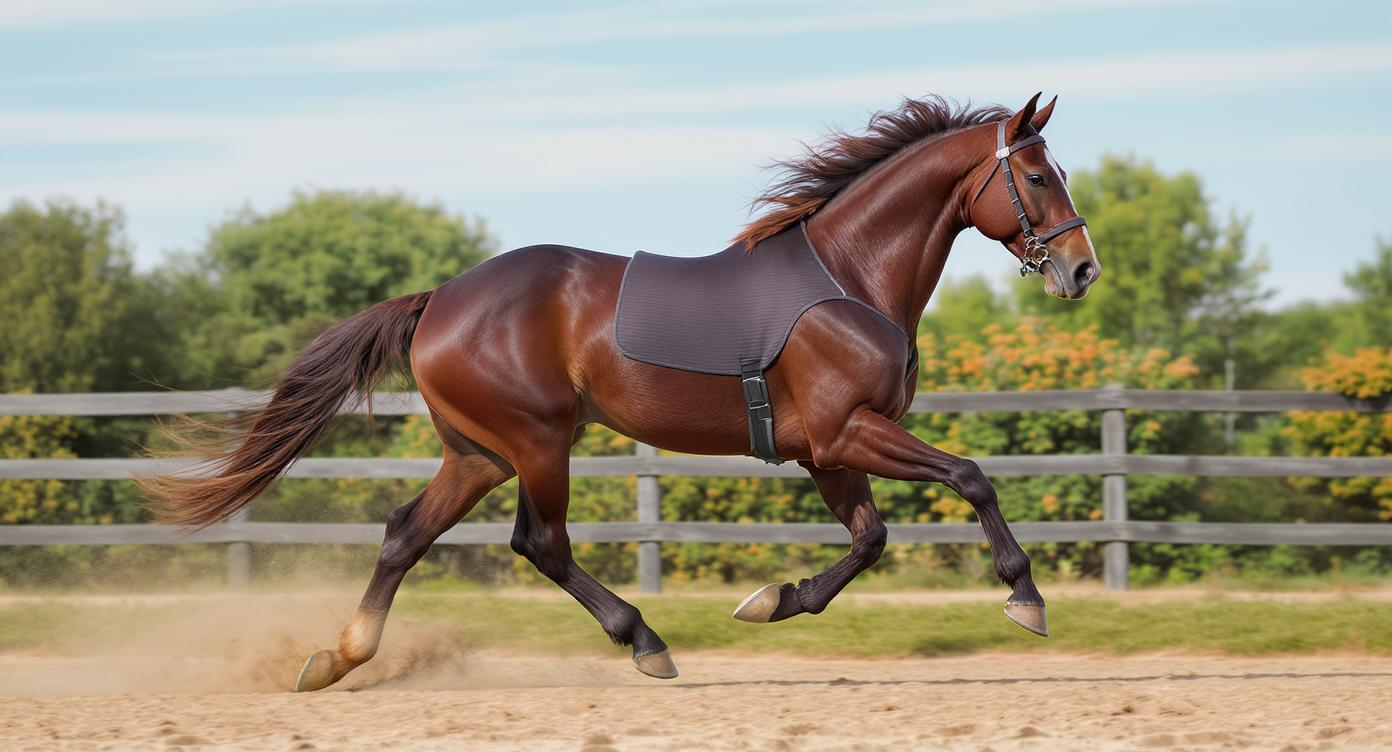
I once got an angry email from a customer: “Your base layer is too tight. My horse won’t wear it.”
I asked for photos.
Turns out, she’d sized it like a blanket—measuring from the middle of the chest to the tail. Classic mistake.
Horses aren’t rectangles. They’re triangles.
And if your base layer doesn’t account for that—broad shoulders, narrow ribcage, sloping croup—you’re setting yourself up for failure.
We lost a client over this. They wanted a “universal fit.” We told them it didn’t exist. They went with a cheaper supplier.
Six months later, they came back. Said their return rate was 18%. Horses were rubbing, girths were pinching, riders were complaining.
We rebuilt the line with DynamicFit™ patterning—3D-mapped seams, gussets at the shoulder, graduated compression.
Return rate dropped to 3%.
Moral of the story? Fit isn’t an afterthought. It’s the foundation.
And if you’re designing your own line, don’t guess. Measure. Test. Iterate.
We have a Small Seller Support Program that includes free fitting samples, so you can get it right before going bulk. Because nothing kills momentum like a warehouse full of ill-fitting gear: Fexwear Small Seller Support .
The Shoulder Gap Problem
Here’s a silent killer: the shoulder gap.
You put on a base layer. Looks good. Horse walks off. Within minutes, the fabric bunches behind the shoulder.
Why? Bad pattern engineering.
Most base layers are flat-cut. Ours are articulated.
We add extra fabric in the shoulder zone, shaped to move with the scapula, not against it. Then we taper it down through the ribcage so it doesn’t ride up.
It’s not rocket science. But it is anatomy.
And if you’ve ever had a horse spook because something pinched during a transition, you know how critical this is.
Recovery Isn’t Passive—It’s Designed
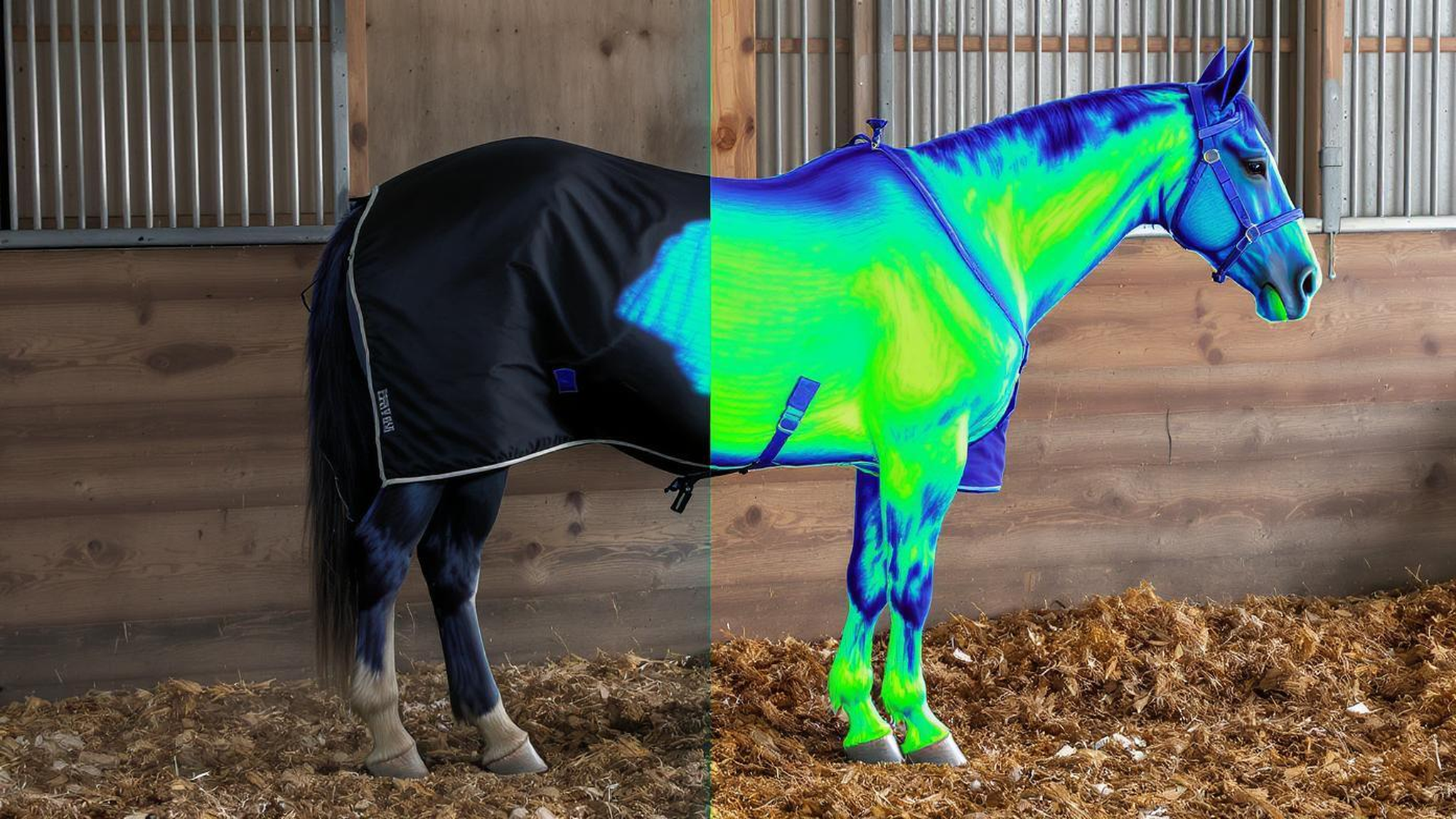
Let me ask you something:
When your horse finishes a big ride, what do you do?
Blanket him? Walk him? Offer water?
All good. But what if I told you the real recovery starts during the ride?
Most people think recovery begins after the workout. But smart trainers know: the cooldown phase starts the second the horse crosses the finish line.
And that’s where base layers shine.
A good one doesn’t just wick sweat—it regulates temperature as the horse cools down.
Too cold? It insulates. Too hot? It ventilates.
No more “chill zones” on the back. No more shivering in the trailer.
We worked with a vet in Sweden who used our base layers on post-surgery horses. Said the ones wearing them showed 40% less muscle tremoring during transport.
That’s not anecdote. That’s thermodynamics.
And if you’re building a brand for serious riders, this is your edge.
Because people don’t buy base layers to look pro.
They buy them so their horse can be pro—day after day.
Want to see how we integrate this into full equestrian lines? Check out our work with performance stables: Equestrian Apparel by Fexwear .
The Compression Con
Let’s talk about compression.
It’s trendy. It’s everywhere. “Supports muscles! Reduces fatigue!”
But here’s the truth: not all compression is equal.
Most brands slap on tight fabric and call it “compression.” But real compression is graduated—tighter at the extremities, looser toward the core.
Like athletic wear for humans.
We use a zoned compression system: higher pressure over the glutes and hamstrings, lighter on the back and withers. Why? Because that’s where the big muscles work hardest.
And we back it with data. Pressure mapping tests show our base layers deliver 15–20 mmHg in high-impact zones—enough to reduce muscle oscillation, but not so much it restricts blood flow.
Because too much compression? It’s not helpful. It’s harmful.
So if someone tells you “tighter is better,” walk away
The Business Side: Why Most Equestrian Brands Fail

Alright. Let’s get real.
You love horses. You want to build something meaningful.
But you’re not just selling a product.
You’re running a business.
And if you don’t get the backend right, none of the tech, none of the fabric, none of the beautiful design matters.
I’ve seen it too many times.
Passionate rider. Great idea. Puts $10K into a first run.
Then—nothing.
No sales. No traction. Just a closet full of base layers and a sinking feeling.
Why?
Because they focused on the product before the market.
Here’s what actually works:
- Start small. Use our low MOQ program—you can order as few as 30 units. Test the market. Don’t bet the farm.
- Get the fit right. Order a sample. Ride in it. Wash it. Abuse it.
- Tell a story. People don’t buy features. They buy outcomes. “This base layer helped my horse recover 30% faster” > “It has bioceramic fibers.”
- Price for profit. Don’t race to the bottom. You’re not competing with Amazon. You’re competing with trust.
We helped a client in Canada launch her line with just 50 units. She sold out in three weeks. Reordered. Now she’s in three countries.
How? She didn’t try to be everything to everyone.
She targeted eventers. Focused on recovery. Told real stories.
And we handled the rest: sourcing, production, shipping.
You don’t need a factory. You need a partner.
Check out how we help small brands scale without the risk: OEM/ODM Private Label Services .
The Hidden Cost of “Cheap”
Let’s talk about cost.
You can get a base layer for $15. Or you can get one for $98.
What’s the difference?
Labor? Materials? Design?
Yes. But also: quality control.
At Fexwear, we inspect every garment—three times. Pre-cut, mid-production, post-stitch.
Most suppliers? One check. If that.
We had a batch last year where 2% of the stitching was off. Not enough to fail, but enough to annoy a pro rider.
We scrapped it.
Lost money. Kept our name.
Because in this game, reputation is everything.
And if you’re building a brand, you can’t afford to cut corners on QC.
The Future Isn’t Fashion—It’s Function
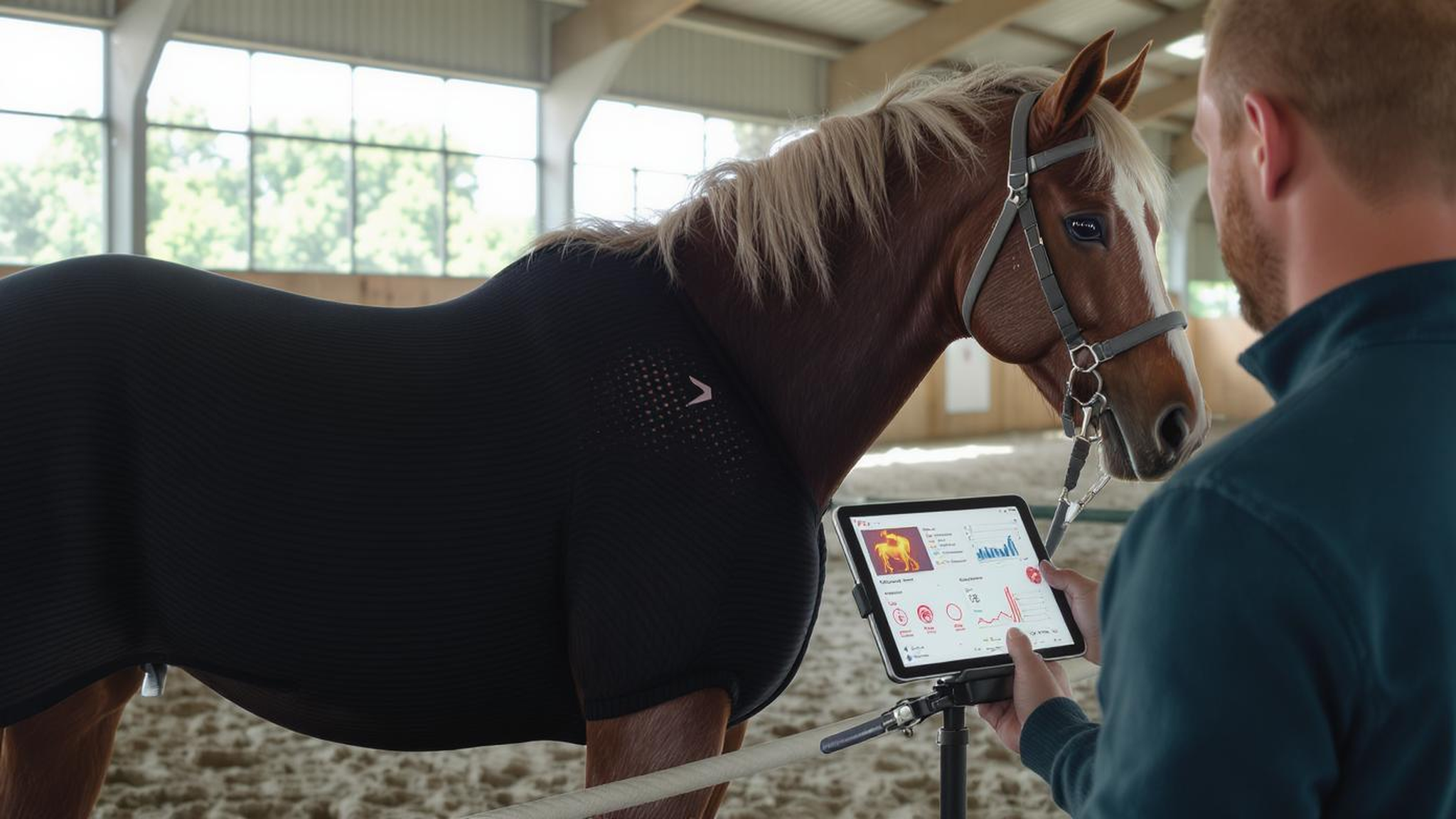
I’ll be honest—I’m tired of “innovation” that’s just repackaged polyester.
But real innovation? It’s coming.
We’re testing NeuroWeave™—a base layer with embedded bio-sensors that track muscle activation, heat zones, and recovery metrics.
Not for gimmicks. For insight.
Imagine knowing exactly when your horse is fatigued. Or which movement is causing micro-tears. Or how effective your cooldown routine really is.
This isn’t fantasy. It’s 2026.
And we’re not waiting. We’re building.
Because the future of equestrian sportswear isn’t about logos.
It’s about data. Recovery. Longevity.
It’s about helping horses perform at their best—without breaking down.
And if you’re building a brand, that’s where you should be focused.
Not on trends.
On impact.
Wrap-Up
Look, I’m exhausted. I’ve been knee-deep in fabric specs, factory audits, and client calls all week.
But I wrote this because someone needs to say it:
Equine base layers aren’t accessories. They’re performance tools.
And if you’re going to make them, sell them, or use them—do it right.
Don’t copy. Don’t cut corners. Don’t believe the hype.
Build something that works. That lasts. That matters.
Because the horse doesn’t care about your branding.
He cares if he can move without pain.
And if you get that right, everything else follows.
FAQs
1. Are equine base layers worth it?
Yes—if they’re designed right. A cheap one? Waste of money. A real performance layer? Can cut recovery time in half.
2. How do I know if a base layer fits?
No bunching. No pinching. Shoulder moves freely. Girth doesn’t ride up. Test it in motion.
3. Can I customize my own base layer brand?
Absolutely. We do private label all the time. Here’s how it works .
4. What’s the best fabric for hot climates?
Lightweight, dual-knit with high moisture vapor transfer. Avoid cotton like the plague.
5. Do base layers help with muscle recovery?
Yes—especially with compression and far-infrared tech. We’ve seen measurable drops in lactic acid.
6. How do I wash them?
Cold water. Mild detergent. Hang dry. No fabric softener. Trust me, I’ve ruined enough samples to know.
7. Can I get a sample before bulk order?
Always. We’ll send you a fitting sample. Start here .
8. What if I’m just starting out?
We’ve got your back. Our Small Seller Support Program is built for people like you.
Call to Discussion
I’ve seen too many good ideas die because the wrong supplier said “we can’t do that.”
But we can. And we do.
So if you’re sitting on a sketch, a dream, or a horse that deserves better—speak up.
What’s stopping you from building the gear you actually want?
Is it cost? Fear? Not knowing where to start?
I’ve been there. I’ve scrapped shipments. I’ve lost money. I’ve cried in a factory bathroom.
But I’ve also seen a rider hug me after her horse recovered faster than ever.
That’s why I do this.
You’ve probably got your own take on this — I’m all ears.

